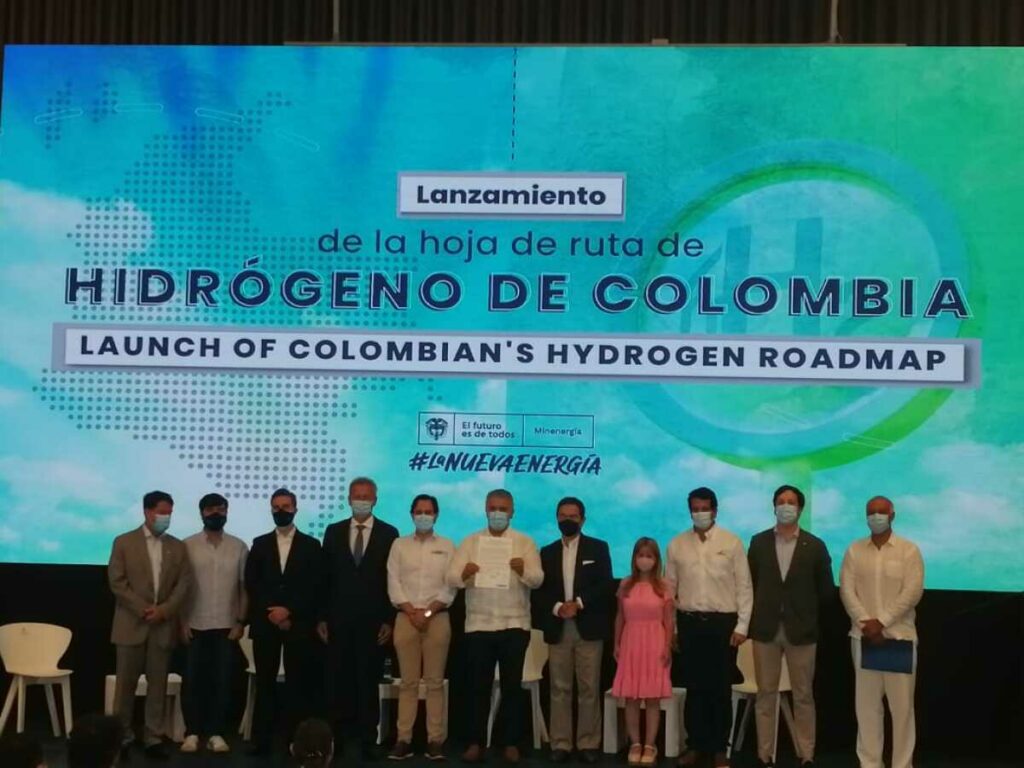Attended by the President of Colombia, Iván Duque Márquez, the Minister of Energy and Mines, Diego Mesa, and the Minister of Environment and Development, Carlos Eduardo Correa, last September 30 marked a before and after in the sustainable history of the country through the launch of the “Hydrogen Roadmap”. Following the 2015 Paris Agreement guidelines, Colombia intends to reduce carbon emissions through hydrogen production, an energy source that will progressively displace fossil fuels and raw materials, in order to become the regional leader in supply and export. The project is supported by the Inter-American Development Bank (IDB) through both its Energy Division and Climate Change and Sustainability Division. Currently, the initiative is in its primary phase and requires a number of investors in technology and infrastructure development. However, the coffee-producing country has several regulatory frameworks and a research and development (R&D) strategy aligned with an industrial policy that could enable it to take great steps forward in green hydrogen and blue hydrogen production.
What Uses Might It Have in Colombia?
In first instance, hydrogen is called to be the replacement for fossil fuels intended to boost the transport sector, one of the most polluting. In addition, it is expected to be used to provide the industrial heat required in processes such as refining, steel and glass production, as well as the treatment of fats and oils. Non-industrially, the fuel could be used for water heating for residential and commercial buildings, among others.
2030 and Colombian Hydrogen Goals
Through development of between 1 and 3 GW of electrolysis, Colombia will seek to establish green hydrogen costs that are expected not to exceed 1.7 USD/kg, not only to promote domestic use, but also to position itself as one of the main countries supplying the fuel. Other Colombian hydrogen goals for 2030 include 2,000 light vehicles (approximately) powered by fuel cells, a comparable number (about 1,500) of heavy vehicles to complement passenger and goods transport fleets, and the creation of a network of more than 50 hydrogen plants. By means of the aforementioned goals, three objectives are expected to be achieved:
- Between 2.5 and 5.5 billion dollars of investment.
- Create thousands of jobs. More specifically, between 7,000 and 15,000 direct and indirect jobs.
- Preventing 2.5 – 3 million tons of CO2 emissions.
If you wish to read the full report, click HERE.




